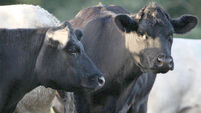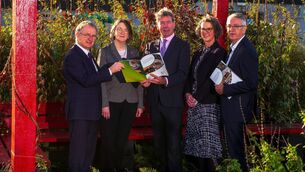Importance of clover in grassland
Nitrogen can be reduced to between 50-100kg of N/ha/year.
Research at Teagasc Solohead has shown savings of €125 per hectare (€50/acre) are possible by maximising white clover content in productive swards. This is a 50% cut in N fertiliser and for a 100 acre farm is a saving of €5000.
White clover thrives in mid season when the companion grasses are not at their optimum. It also enhances the level of important minerals including calcium, magnesium, cobalt and selenium and this is beneficial to the health of your livestock.
The presence of a healthy clover population in your sward will encourage livestock to eat more herbage which means more milk and liveweight gain at a lower cost. White clover is high in protein and when combined with high ME grass gives an improved nutritional balance for livestock. Grass seed mixes are favoured over monocultures because of better DM yield stability. Some varieties when sown as monocultures are exposed to diseases, such as powdery mildew — especially in autumn.
Before any cultivation takes place, it is important to burn off the existing pasture and weeds with Roundup or a similar product. Products such as Roundup will not eliminate nettles, so you may have to add another chemical to the mix. Allow adequate time (usually seven days) for the spray to work before grazing/cutting and removing the burnt-off vegetation.













